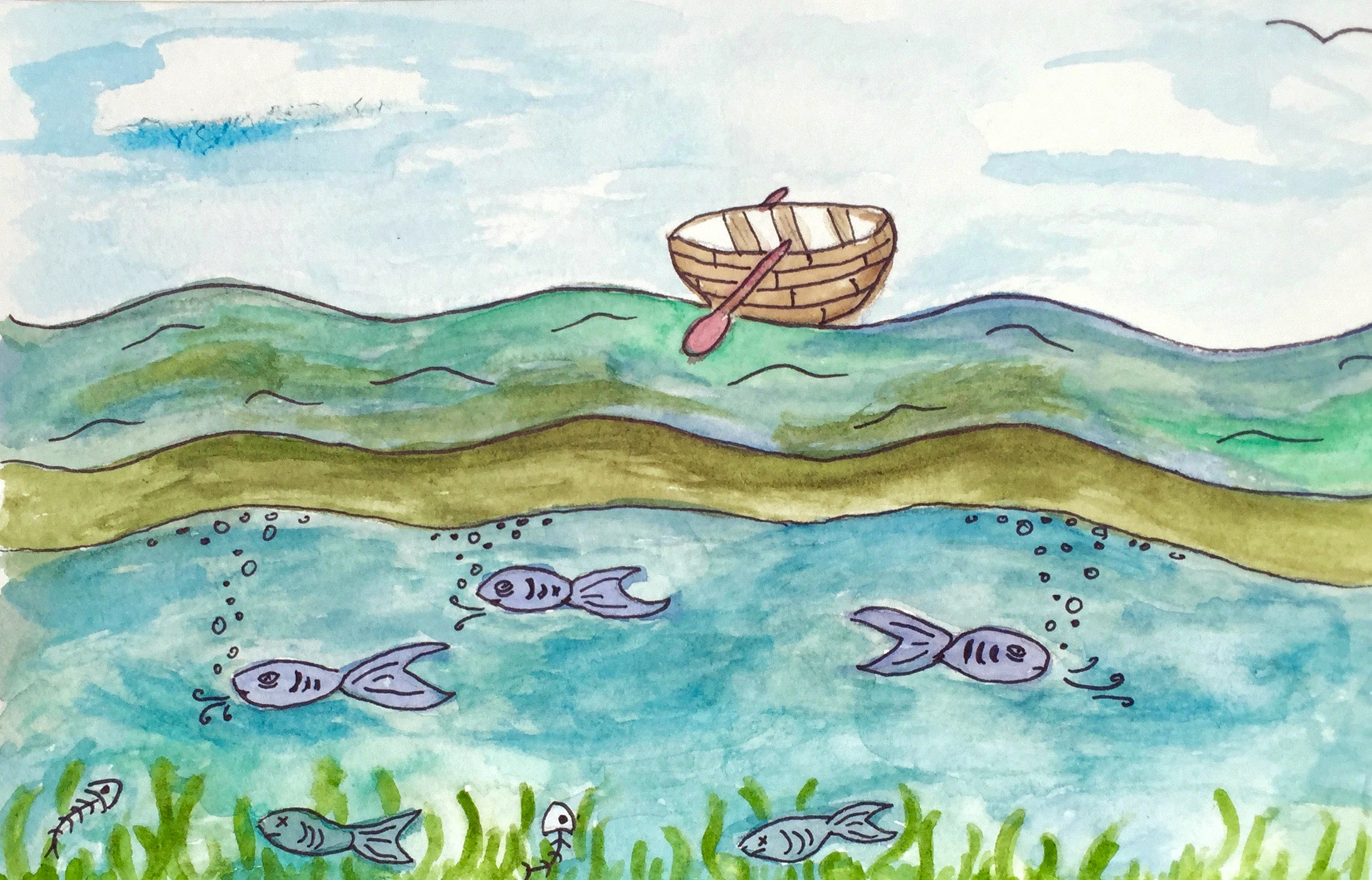The environmental challenges we currently face extend far beyond the high amounts of greenhouse gases emitted by human industry. As the world continues to produce and increase its energy production, there has been a rise in hypoxia – the deficiency of oxygen – in the freshwater lakes around the world. A study published in January by a group of researchers at the Institut national de la recherche scientifique in Quebec City provides a clearer explanation as to the origin of the alarming depletion of oxygen in lakes, a geological phenomenon known as lacustrine (lake) hypoxia.
Whereas recent work in this field has focused on the impact of global warming on oxygen depletion in marine environments, the results of this new study suggest the primary cause for the growing number of lakes affected by this condition is not climate change, but rather local human activity. These results highlight the ever-increasing importance of proper environmental monitoring and regulation, especially in industrial sectors such as agriculture and forestry. To estimate how quickly the number of hypoxia cases in lakes had increased on a global scale, the research team looked at the timing of hypoxia at each site to determine when hypoxia began and the extent of the damage.
Geology and our lakes
The study gathered data from previous studies on laminated sediments, also known as varves, from 365 different lakes across the globe. Varves are small-scale light and dark layers of mineral that are deposited in lakes, indicating the time glaciers melted. In most cases, they have been used to record the changes in lake oxygen content starting in the 18th century. By observing the contrast in thickness between the dark layer deposited during the winter and the lighter layer deposited during the summer, geologists can reconstruct when a lake began to melt. The study used the composition of these varves to determine the relationship between anthropogenic activity and the levels of oxygen in the lake.
The study found that the spread of hypoxia coincides with global phosphorus release. Phosphorus is an element that is an important component of fertilizers, and can be transported by water from farms to lakes. When there is a surplus of phosphorus being dumped into watersheds, hypoxia can begin to be a problem, because it stimulates growth of algae and plants to a point where oxygen is excessively being leeched out of the lake. The geographic location of a lake, its water depth, size, and the properties of the surrounding watershed are all physical characteristics that influence the level of oxygen depletion in a lake.
To address the timeframe of sediments and ultimately estimate the rate of hypoxia onset in lakes, geologists typically count the number of varves, or apply radiometric dating to trace elements such as lead, cesium, or americium. Radiometric dating consists of measuring the concentration of a given radioactive isotope to estimate the amount of time for which the element has been decaying.
A historical perspective
To estimate how quickly the number of hypoxia cases in lakes has increased on a global scale, the research team compiled the timing of hypoxia at each site, and found that in many areas, the onset of hypoxia occurred more than seventy years before oceans began to succumb to similar oxygen deficiencies.
In the end, the study wanted to show how human activity and the temperature of the Earth have each respectively influenced this trend.
Before 1850, the number of known hypoxia cases remained relatively stable. After 1850, hypoxia began to spread as fertilizers were introduced into agricultural practice, causing human population growth to spike. Until World War I, increases in Gross Domestic Product (GDP) in the U.S., Canada, and in Western European countries coincided with the spread of hypoxia in lakes at a yearly rate of 6 per cent. The quickest spike in hypoxia happened post-World War II; at this time, the impact of humans on the planet was accelerating exponentially as the world continued to industrialize.
The researchers argue that the impact of global warming historically has been less direct in the onset of hypoxia than human activity. They note the fact that, over the last 100 years, the global mean air temperature has risen by 0.6 degrees Celsius, occurring in two main phases: this rise from 1920 to 1945, and from 1976 to the present day. In 1920, 28 per cent of hypoxic lakes were already hypoxic, and this figure reached 82 per cent by 1976. Evidently, oxygen depletion started before periods of global warming developed and has been accelerating faster than the temperature increase.
The bigger picture
While climate change does not appear to trigger hypoxia in the way phosphorus and other nutrients do, the study suggests that temperature “exacerbates” the situation once the process has begun. Such an understanding of the historical origin and progression of lacustrine hypoxia reminds us that environmental detriment caused by humans does extend beyond global warming.
In recent years, the spreading rate of hypoxia should have, in theory, been concentrated in countries that are rapidly industrializing and consequently, increasing output of elements like carbon and phosphorus. However, since environmental monitoring has been scarce in these areas, it is very likely that the number of affected lakes has been underestimated. On the other hand, although the implementation of restoration programs in industrialized countries in the 1980s has slowed down the rate of hypoxic spreading, these measures appear to have been largely ineffective in reestablishing the original oxygenated condition of the lakes.
The bottom line is that there is work to be done. The surprising findings of this study on the timing and causes of lacustrine hypoxia should be useful to specialists in environmental regulation and water control. Lakes are vulnerable ecosystems and they should be treated with utmost care. Water quality and biodiversity are at risk of being irreversibly damaged as a result of the mismanagement of our industries, should we fail to act.

